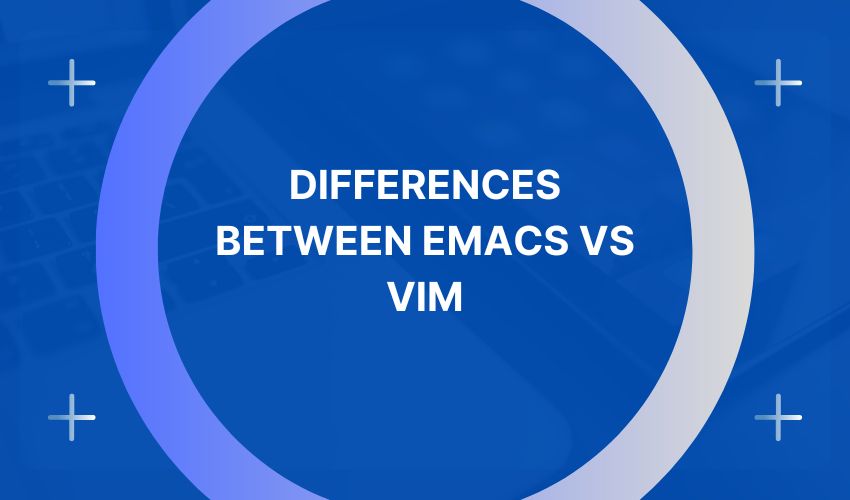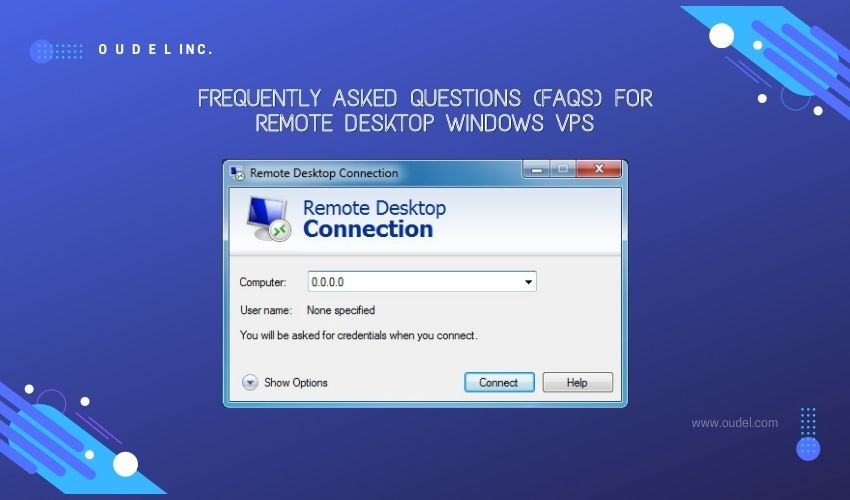In this context, we will discuss EMACS vs VIM and their similarities and differences. Considering your needs, now you can choose the best text editor to manage your job.
If you are a new software engineer you probably don’t know what is Emacs or VIM. If you are a Windows user you will simply use the program notepad ++, notepad, sublime text, visual studio code, etc.
The main and most commonly used editor for Linux operating systems is Emacs and VIM, which operates files and edit text.
There is a long history of competition between emacs vs vim, as they are more advanced than other Unix platform editors. They have the same features as plugins, scripting, and shortcut keys but their approach is different. As text editors are becoming more competitive, the debate over how they can help you work at a higher level can submerge them. Compared to the VIM of the Imaks, the feature factor is often more important than independence.
Before using any of them you should know more about their unique strength and weakness. For this purpose, we will discuss the similarities and differences between emacs vs vim.
What are Text Editors?
Text editors allow users to create simple text files that can pass and run independently by an interpreter or compiler. Some users prefer a basic text editor like Mac OS text or Windows default notepad. However, there are many more advanced editors you can use. In addition to the basic feature sets, these advanced editors provide the extra fantastic that you are advised to explore. The additional features separate the various editors and if you can know them well, you can decide which features help you complete your work.
There is a competition called “Editor War” between EMACS and VIM’s users. Competition is a part of hackers’ and the free software community culture. All users believed that their selected editor was the most skilled and humiliated editor. Now, we are going to analyze the features of emacs and vim.
Emacs
With the explanation of LISP in the main part, Emacs are a highly advanced, versatile, and customized text editor. One of the benefits of Emac is the possibility of adding different extensions to support the editing of the text and more features.
David A Moon Emacs was developed in 1976, and this is the oldest software today. Richard Stallman, the founder of GNU/Linux, published Emak’s most used variant (fork) in 1985, GNU Imaks. The following features are the reasons for the popularity of Emacs:
- It uses color to highlight syntax and even simple text.
- It provides useful tutorials and documentation.
- Unicode supports many natural languages.
- Mail and news support various extensions including news, debugger interfaces, calendars, and many others extensions.
Vim (Vi Improved)
VIM is a Command-Line-based text editor known as a strong text editor that has improved the effectiveness and features of the old Unix Sixth Editor. System programmers and administrators often prefer VIMK as the most popular and widely used programming editor. When system programmers and developers write codes or edit configuration files, VIM enables syntax highlighting. Vim, or the sixth developed, an advanced clone of the text editor according to the name.
In 1976, billy developed the original text editor for the Unix operating system. Later in 1991, Bram Molanar Improved Vi and Released It As Vim, which is known as a full-success editor.
There have two modes of operation for the Unix Vi editor:
Command Mode: You can even enter the sixth editor even when typing a letter in command mode; During command mode, each character you type is a command that affects the edited text file.
Insert Mode: The text and character entered in insert mode will add to the file text. To close the insert mode, press the “Escape” key.
It is helpful to know that there are many commands for the sixth, but only a few to the sixth users will be enough. Certified Cubartes Applicants use VIM with Cubartus for Developing Testing Tests (Divops)
Continue reading to learn more about similarity and difference between emacs and vim.
Match between emacs and vim
Although most of the discussions and wars between VIM and Emacs have their differences, it is not a bad idea to see their matches before examining them. There are similarities here:
- Cross-platform like Emacs and VIM Linux, Unix, and Microsoft Windows support text editors.
- In VIM and Emac, both the graphical user interface and command line support the buffer tab.
- Both are available in various languages including English, Chinese, Polish, Russian, Italian, French, and many others.
Six differences between Emacs and Vim
The main difference between EMACS and VIM is that Emacs is an extensible, customized text editor with a long history. At the same time, the VIM VI is a highly configured text editor based on editor. Imak includes syntax highlighting, a large library of extensions, and a strong command-line interface. In contrast, VIM is a lesser-feature text editor, but a flexible interface that allows for quick editing. Both editors have large communities and supporters have been in large communities and have been for decades.
Although we generally explain the differences between the two, let’s look at the six of them closer and more precisely.
1. User Interface
Since VIM was designed to use in slow terminals, it reduces the number of keystrokes that use users press the number of keystrokes. Generally, VIM provides editing modes with insertion mode and command mode.
On the other hand, using modifier keys, Emacs enables shortcuts where you must press several keys together for a single function. Most users often criticize this aspect of the Imak.
2. Graphical User Interface (GUI)
Graphical user interfaces in VIM and Emacs are either shortcut commands to handle shortcut commands or shortcut commands on graphical interfaces for quick configuration. The command-line interfaces provided by the GUI of these two editors have no additional functions beyond available.
In addition to VIM GT K2, many GUI libraries can be used, including genome, genome 2, jetke, athena, motif and Nextto. However, Emacks uses the Exdisplay or JT 2 for GUI.
3. Ease of Learning
Newcomers believe that it is difficult to learn VIM because it has different editing modes. On the other hand, they find it easy to learn emacs because it provides more natural interfaces. GUI-based text editors believe that Emacs has a general learning curve.
4. Extensibility and Customization
Emacks have wide customization, which gives this editor the upper hand. As a user of emacs, you can choose from different macros to reduce the efforts you need in your process and integrate your workflow. VIM, on the other hand, depends on its straightforward process and lacks customize. VI is easy for users to use Emacas because it is capable of imitating VI known as “Viper Mode”. At the same time, it is easy to use VI but it does not have such power. Generally, the editor supports more customization of the environment than EMACS VI, but both support the plugins to add more functions.
Many of users find this feature valuable and useful, making Emacs better than Vi.
5. RAM usage
VIM uses less memory than Emacs and is light. Those who support the use of VIM resources criticize the emacs with the suggestion of “80 MB and constant adversity”. You can run a single endless emacs process to support a number of clients simultaneously through GNU clients. It speeds up startup and reduces the use of total memory.
6. Productivity and Editing Speed
The main difference between speed is emacs and vim. VIM is faster because it starts in less time. It gives an edge above the emacar when editing the VIM’s deliberate speed files. Many users claim that learning how VIM works increases their productivity as they become more efficient with different methods and commands. To remove the cursor in words, users must change modes. This is because standard text editing functions are connected to the movement. However, a separate mode is needed to choose between movement and text editing. Doing so reduces the time to remove the cursor by removing the need for hand movement.
By default, the CTTRL-B or Ctrl-F keys should be pressed consistently to use the emacs. It can extend the time to determine how a new user uses the full amount of emacs. Emacs allow productivity to be customized because people do not require significant changes in how people communicate with the program.
Conclusion
In this tutorial, we discussed the EMACS vs VIM and their mills and differences. Considering your needs, now you can choose the best text editor to manage your job.
Many programmers prefer to use MAC because it is more customized than VIM and they can customize it to their specific requirements. Other programmers, on the other hand, find Vima as fast and more suitable for their programming environment.
Vim’s Plugin Development Support is Elisp’s extensible, while the emacs can be extended to Alisp. In addition to emacs, VIM has a scripting language and makes users easier to create plugins using other programming languages. Using the command mode can be expanded to fly VIM, against the Imaks, which can be increased using the script; VIM also supports other programming languages.



